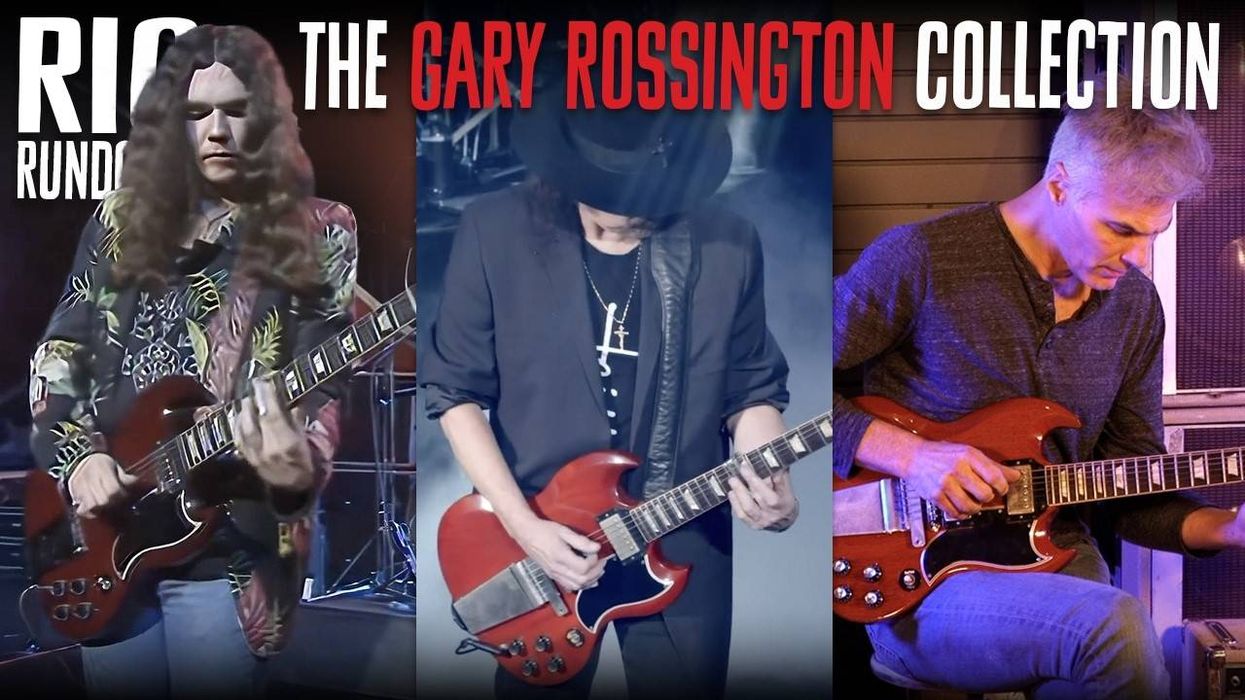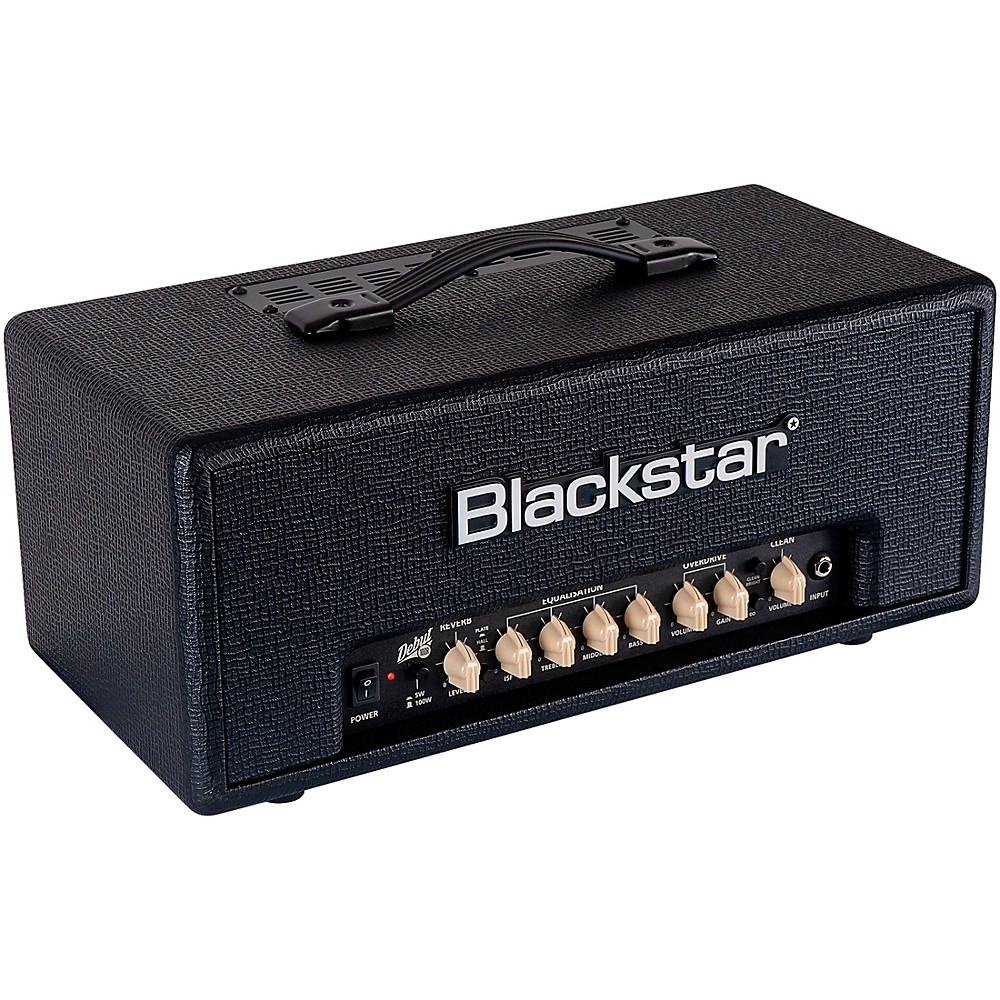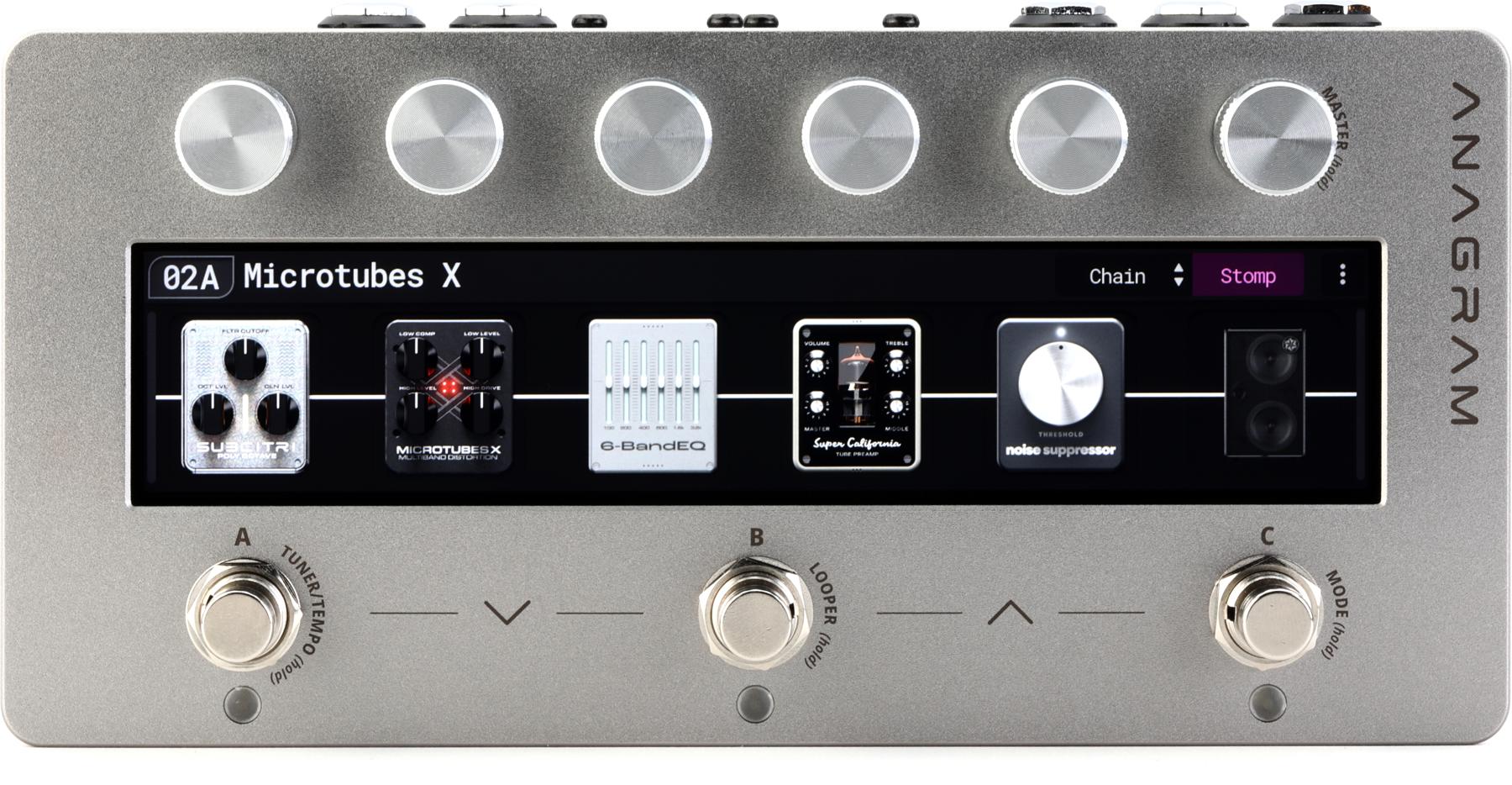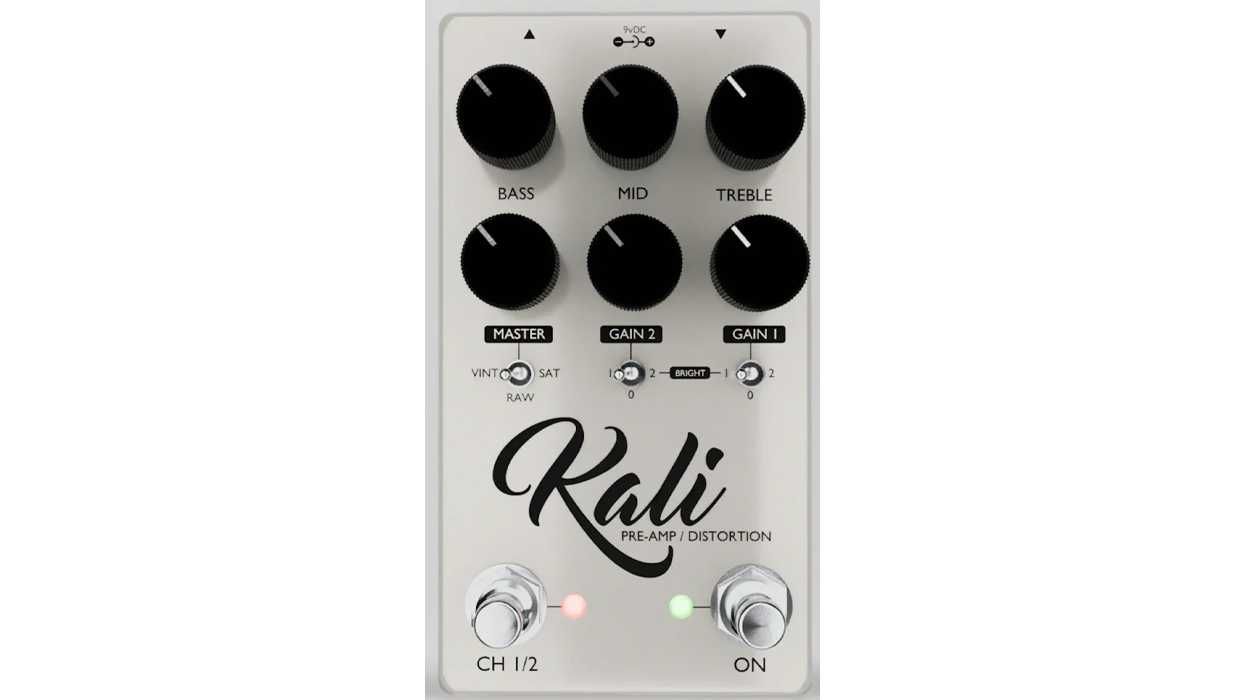Almost any effect can be used subliminally or to extremes. But tremolo is a little extra special when employed at its weirder limits. Unlike reverb or delay, for instance, which approximate phenomena heard in the natural world, tremolo from anything other than an amp or pedal tends to occur in the realm of altered states—suggesting the sexy, subterranean, and dreamy. Such moods can be conjured with any single tremolo. Put two together, though, and the simply sensual can be surreal. Modify this equation by mating two distinctly different tremolo types, and the possible sound pictures increase manifold.
The all-analog, U.S.-built Jackson Audio Silvertone Twin Trem accomplishes this by combining a syrupy harmonic tremolo—the likes of which you’d hear from an early-1960s brown-panel Fender amp—and an optical tremolo like that in a Silvertone 1484 Twin Twelve amp or black-panel Fender. Both effects can be used independently, but it’s when the two are blended that the Twin Trem shines.
Doppelganger Effect
The Twin Trem’s optical and harmonic circuits are obviously not identical twins, but each is operated via its own 3-knob array consisting of speed, depth, and a smaller volume knob that will boost or cut the output of the individual circuit. Both tremolo types modulate at speeds slower than what you hear in amplifier equivalents. I don’t have a Silvertone Twin Twelve tremolo on hand for comparison. But the slowest speed from a mid-1960s Fender optical tremolo matched the rate of the Twin Trem’s optical circuit at about the midpoint of its range. At its slowest, the optical side will cycle through minimum and maximum volume in just a little under a full second, which feels molasses-slow, stretching and enhancing the ramping effect. Maximum speeds on the Twin Trem are closer to the maximum on the old Fender. But that’s still a pretty rapid modulation rate and the Twin Trem’s range-y depth controls make fast modulations sound extra alien.
If you’re sensitive to such things, the dedicated volume controls are great for overcoming the perceived volume drop that goes with any tremolo. There’s much more gain available than what you need for that purpose, and slathering on the volume gives the pulses a burly quality that’s tough but can obscure some nuance. The ability to create disparate volumes for each circuit means you can slightly foreground one tremolo type or the other, opening up an even wider tone palette and highlighting unique interrelationships between modulations.
Double Shots Make Dizzy Daze
The Twin Trem’s optical tremolo side (if you open up the back you can watch the pulsing diode that activates the opto-resistor) exhibits the throbbing tendencies one associates with black-panel Fender amplifiers. In fact, the Twin Trem sounds uncannily like the old Vibrolux I used for this test, but with more speed, range, and intensity. On its own, it’s a convincing stand-in for a 1960s Fender, Gibson, or Silvertone circuit.
One of the coolest things about the harmonic tremolo is how it often doesn’t sound like tremolo at all. In a harmonic tremolo circuit, high and low-frequency bands are split and volume-attenuated out of phase from each other, creating a bubblegum elasticity in the modulations. At slow speeds the harmonic tremolo’s phasey attributes take center stage (clip 1). And though the modulation texture is less swirling than what a simple phaser produces, the more vowel-like pulses lend a sleepy, mysterious aura to the modulation.
Though I did not use the pedal in stereo, I did utilize the effects loop, inserting a delay between the harmonic and optical tremolo, creating a little extra wash in the harmonic tremolo sweeps (clip 2). You can go crazy with possibilities here: How about inserting a multiple-tape-head-style delay for maximum syncopated mayhem? But the most traditional application for the effects loop is to simulate the reverb-into-tremolo order found in many mid-1960s amps. Again, it’s a great option when you need ’60s reverb/tremolo combo amp vibes and there’s no such animal around.Clip 2, which showcases the Twin Trem’s effects loop, also captures the two tremolos working together. And even at this fast-twitching speed you can hear the phaser-like wash softening the front end of the harder optical pulses that are situated downstream. Some dual-trem settings can produce chaos. But the best ones are thick, eerie, and propulsive in ways that can completely transform a song’s ambience.
The Verdict
The Twin Trem is just short of 300 bucks, and it’s easy to rationalize such a significant expense when you consider that you get two distinct tremolo sounds that you can mix, match, and switch between very readily. Maximizing the investment probably requires a little extra thirst for the unusual. Not all combined settings are money. Some rhythmic syncopations will drive you batty, and without the benefit of digital control you can disappear down little rabbit holes trying to find an elusive, perfect subdivision between modulation tempos or replicating a texture you found the previous week. These are very minor traps, however. In general, the Twin Trem is forgiving and easy to use. And if you get in a meditative place with the pedal, and let it do the driving from time to time, the riffs will practically write themselves.



















